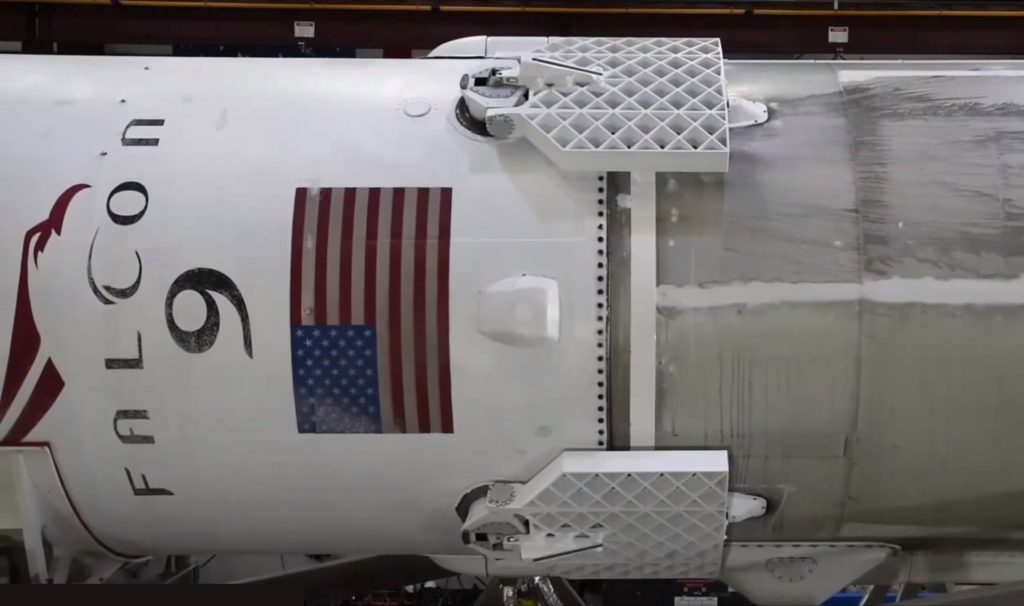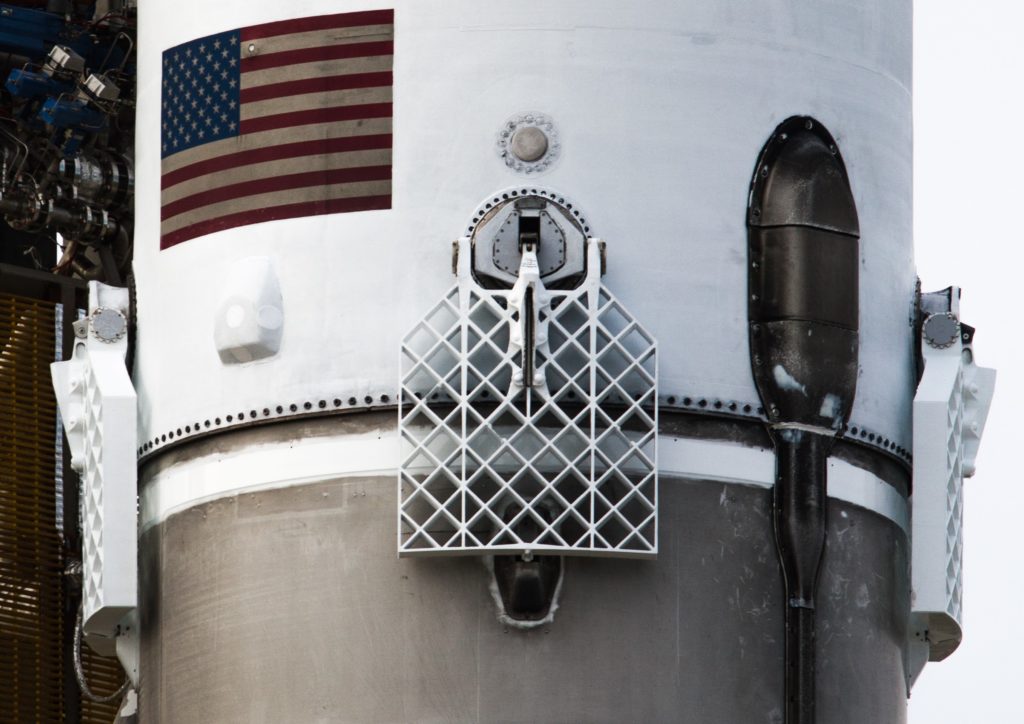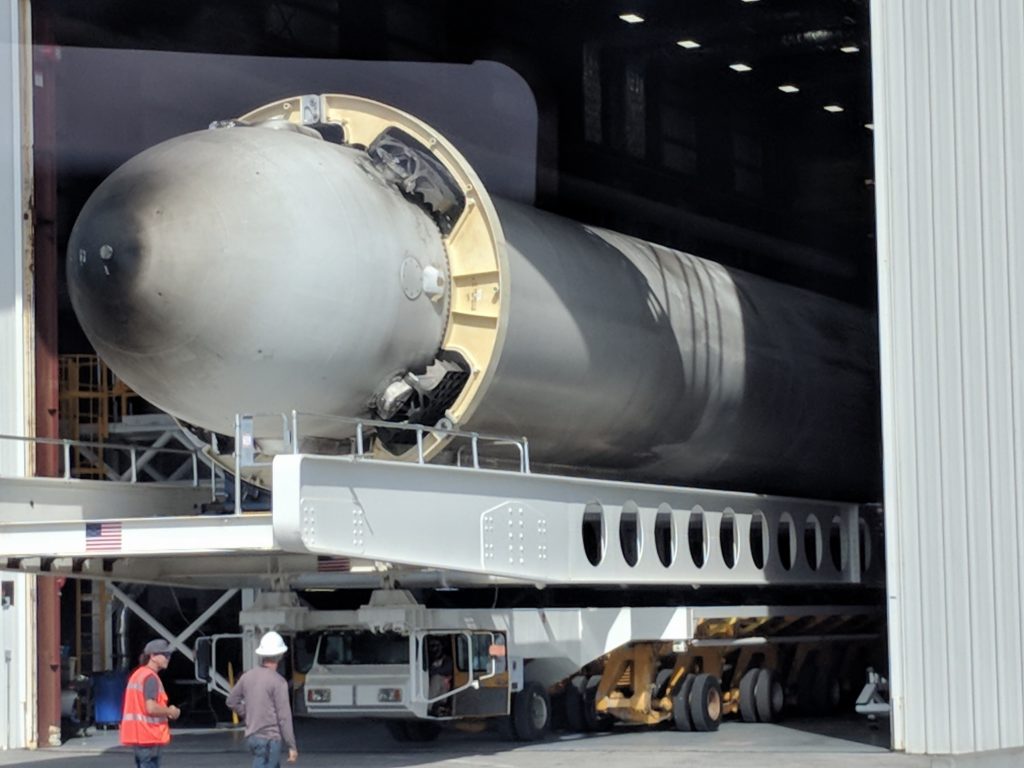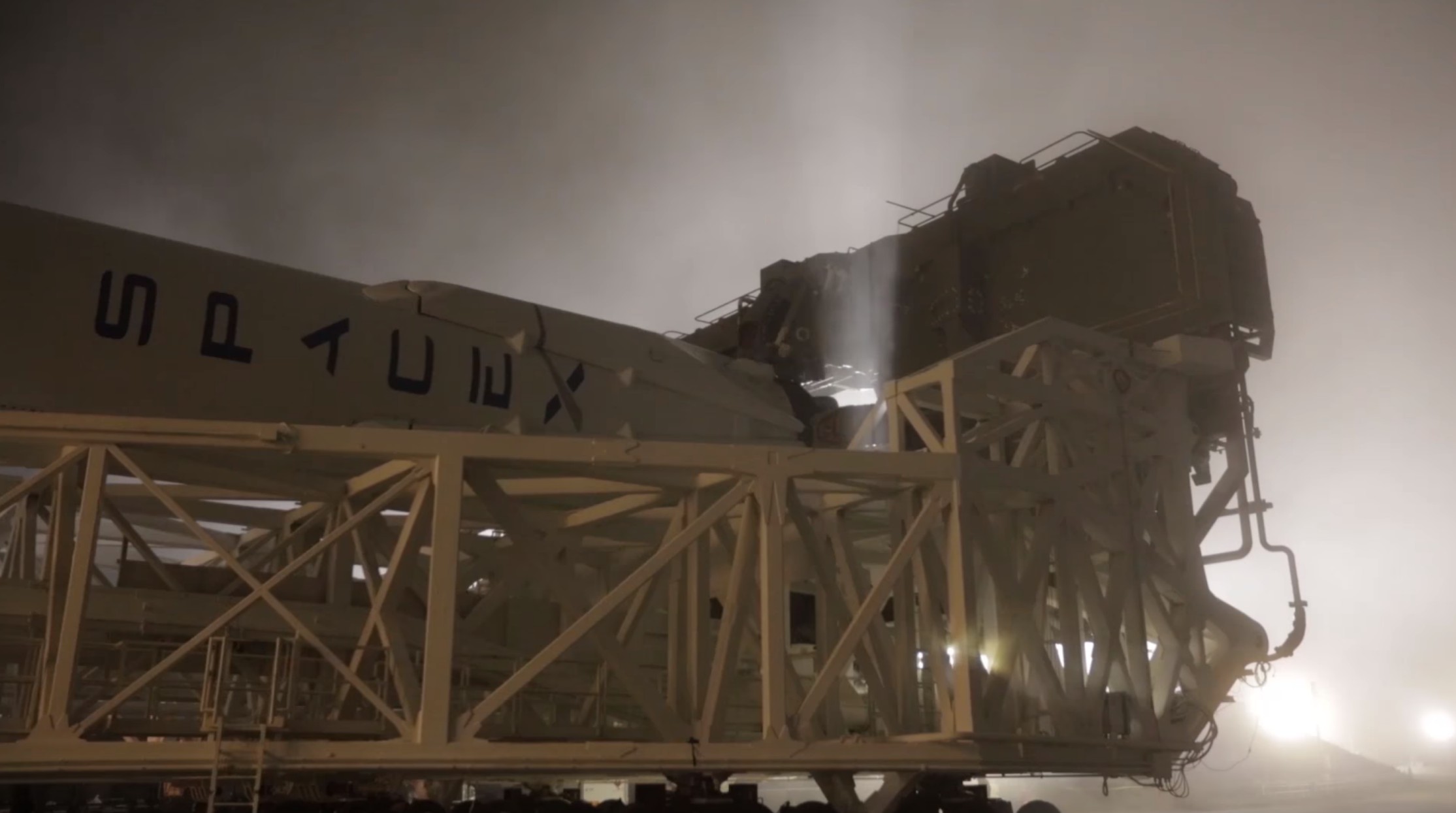
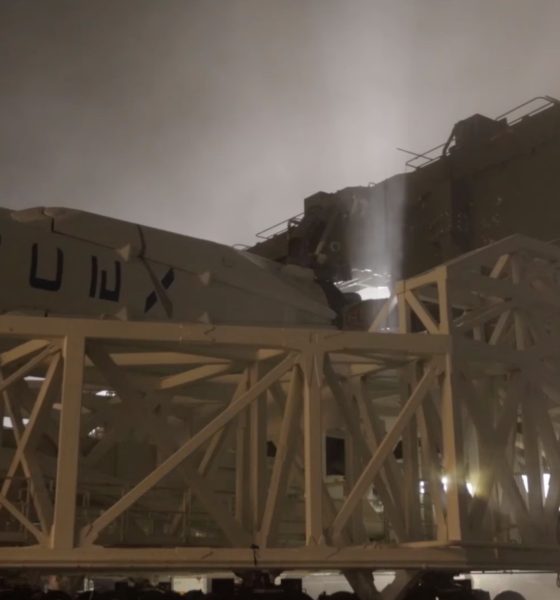
News
(Updated) SpaceX’s next launch is a first step to rival Comcast and Time Warner
Updated February 21: Due to strong upper-level winds, SpaceX has postponed the launch to the same time on Thursday, 6:17 a.m. PST, 9:17 EST. CEO Elon Musk took to Twitter to address the delay, “High altitude wind shear data shows a probable 2% load exceedance. Small, but better to be paranoid.”
Update: SpaceX has delayed the launch of PAZ and its Starlink prototype satellites from Sunday, February 18 to Wednesday the 21st in order to complete additional tests and checks of an upgraded payload fairing. Wednesday’s new instantaneous launch window remains unchanged – 6:17 a.m. PST, 9:17 EST.
Standing down today due to strong upper level winds. Now targeting launch of PAZ for February 22 at 6:17 a.m. PST from Vandenberg Air Force Base.
— SpaceX (@SpaceX) February 21, 2018
Not long after SpaceX’s recent, flawless Falcon Heavy debut, the company has completed a successful static fire of a flight-proven Falcon 9 on the West coast. SpaceX is preparing to send the Spanish government’s PAZ imaging satellite skyward aboard the same rocket that launched Formosat-5 for the Taiwanese government in August 2017.
Amazingly, this means that three of the four launches conducted by SpaceX in the last two months will have made use of reused Falcon 9 boosters, something I am choosing to take as foreshadowing for the coming months. By all appearances, the rocket company has been eminently successful in enacting a true industrial phase change towards the acceptance of flight-proven rocketry – a hard-earned achievement made possible by a combination of incredible reliability and unexpectedly positive responses from government agencies like NASA and the USAF.
- SpaceX is readying one of three flightworthy reused boosters for its final flight, NET June 4. (SpaceX)
- GovSat-1’s sooty booster from late January 2018. (Tom Cross)
- Falcon Heavy’s incredible debut also featured two flight-proven boosters – the side cores were converted from reused Falcon 9s. (Bill Carton)
A relatively light payload, PAZ weighs in just shy of 1400 kg. However, despite a lack of confirmation, it is known that riding along with the imaging satellite are two highly significant prototype satellites, built by SpaceX itself. Deemed Microsat 2A and 2B in FCC licensing applications, the small 400 kg satellites will act as SpaceX’s first-ever flight test of integrated satellite hardware – a massive step towards realizing the company’s dream of Starlink, a global internet constellation meant to provide service of the same caliber (or better…) as providers like Comcast, Time Warner, and others. This will be a major moment if successful, and will make SpaceX the first US company to successfully launch its first prototype internet satellites intended for low Earth orbit (200-1000 miles above Earth), a factor that would make them far more viable as a competitive alternative to ground-based internet than the current heavyweights in geostationary orbit (30,000+ miles above Earth).
Those distances are crucial: such a long distance between user and terminal (60,000+ miles round trip) results in what the average person would consider “lag” or simply unresponsive internet, where actions take as long as several seconds to register (such as clicking a link). This makes things like gaming, video chat, and more effectively unusable. However, thanks to the miniaturization enabled by the relentless progress of electronics technologies, tiny satellites (100-500 kg) with electric propulsion are rapidly becoming a viable alternative and threat to the massive (4000-8000 kg) communications satellites placed into geostationary orbit. Through mass production and lower costs to orbit, a giant network of magnitudes smaller satellites can realistically beat those giant satellites by being closer to the Earth. This means that more satellites in a given network will more frequently reenter the Earth’s atmosphere and be destroyed, requiring the constant launch of reinforcements, but this new paradigm is actually a viable strategy.

A beautiful string of Iridium NEXT satellites deployed into the sunrise. (SpaceX)
SpaceX’s own Microsats, prototypes for a constellation likely to be named Starlink, are quite possibly the most promising entrants among a sea of interested constellation operators. With the addition of laser-based communications links between each or most of the Starlink satellites planned to be placed in orbit, SpaceX’s constellation will be truly unique in its extreme flexibility as a giant, global mesh network.
By using lasers, latency (lag) will be far less significant and will enable SpaceX to distribute its network’s availability beyond the capability of any individual satellite, known as a decentralized network. As always, SpaceX’s choice to pursue such a configuration is extraordinarily ambitious. Still, the very fact that Microsat 2A and 2B are scheduled for launch just days from now suggests that the company’s near-silent satellite development program, employing several hundred people all over the West coast, has seen some considerable successes. In other words, it’s likely not a coincidence that the first flight test of a Starlink satellite will actually feature two satellites – one cannot test laser interlinks with just one satellite.
All things considered, fingers crossed for SpaceX on this flight-proven commercial mission. If all goes well with both PAZ and the Starlink prototypes, SpaceX will be one huge step closer to being able to provide truly universal, affordable, and high-quality internet.
Stay with us on Twitter and Instagram as Teslarati’s West Coast photojournalist, Pauline Acalin, will bring us on the ground coverage at California’s Vandenberg Air Force Base ahead of, and on the day of, the PAZ mission.
Follow along live as we cover these exciting proceedings live on social media!
Teslarati – Instagram – Twitter
Pauline Acalin – Twitter
Eric Ralph – Twitter

Cybertruck
Tesla Cybertruck earns IIHS Top Safety Pick+ award
To commemorate the accolade, the official Cybertruck account celebrated the milestone on X.

The Tesla Cybertruck has achieved the Insurance Institute for Highway Safety’s (IIHS) highest honor, earning a Top Safety Pick+ rating for 2025 models built after April 2025.
The full-size electric pickup truck’s safety rating is partly due to the vehicle’s strong performance in updated crash tests, superior front crash prevention, and effective headlights, among other factors. To commemorate the accolade, the official Cybertruck account celebrated the milestone on X.
Cybertruck’s IIHS rating
As per the IIHS, beginning with 2025 Cybertruck models built after April 2025, changes were made to the front underbody structure and footwell to improve occupant safety in driver-side and passenger-side small overlap front crashes. The moderate overlap front test earned a good rating, and the updated side impact test also received stellar marks.
The Cybertruck’s front crash prevention earned a good rating in pedestrian scenarios, with the standard Collision Avoidance Assist avoiding collisions in day and night tests across child, adult crossing, and parallel paths. Headlights with high-beam assist compensated for limitations, contributing to the top award.
Safest and most autonomous pickup
The Cybertruck is one of only two full-size pickups to receive the IIHS’ Top Safety Pick + rating. It is also the only one equipped with advanced self-driving features via Tesla’s Full Self-Driving (Supervised) system. Thanks to FSD, the Cybertruck can navigate inner city streets and highways on its own with minimal supervision, adding a layer of safety beyond passive crash protection.
Community reactions poured in, with users praising the vehicle’s safety rating amidst skepticism from critics. Tesla itself highlighted this by starting its X post with a short clip of a Cybertruck critic who predicted that the vehicle will likely not pass safety tests. The only question now is, of course, if the vehicle’s Top Safety Pick+ rating from the IIHS will help the Cybertruck improve its sales.
News
Tesla stands to gain from Ford’s decision to ditch large EVs
Tesla is perhaps the biggest beneficiary of Ford’s decision, especially as it will no longer have to deal with the sole pure EV pickup that outsold it from time to time: the F-150 Lightning.
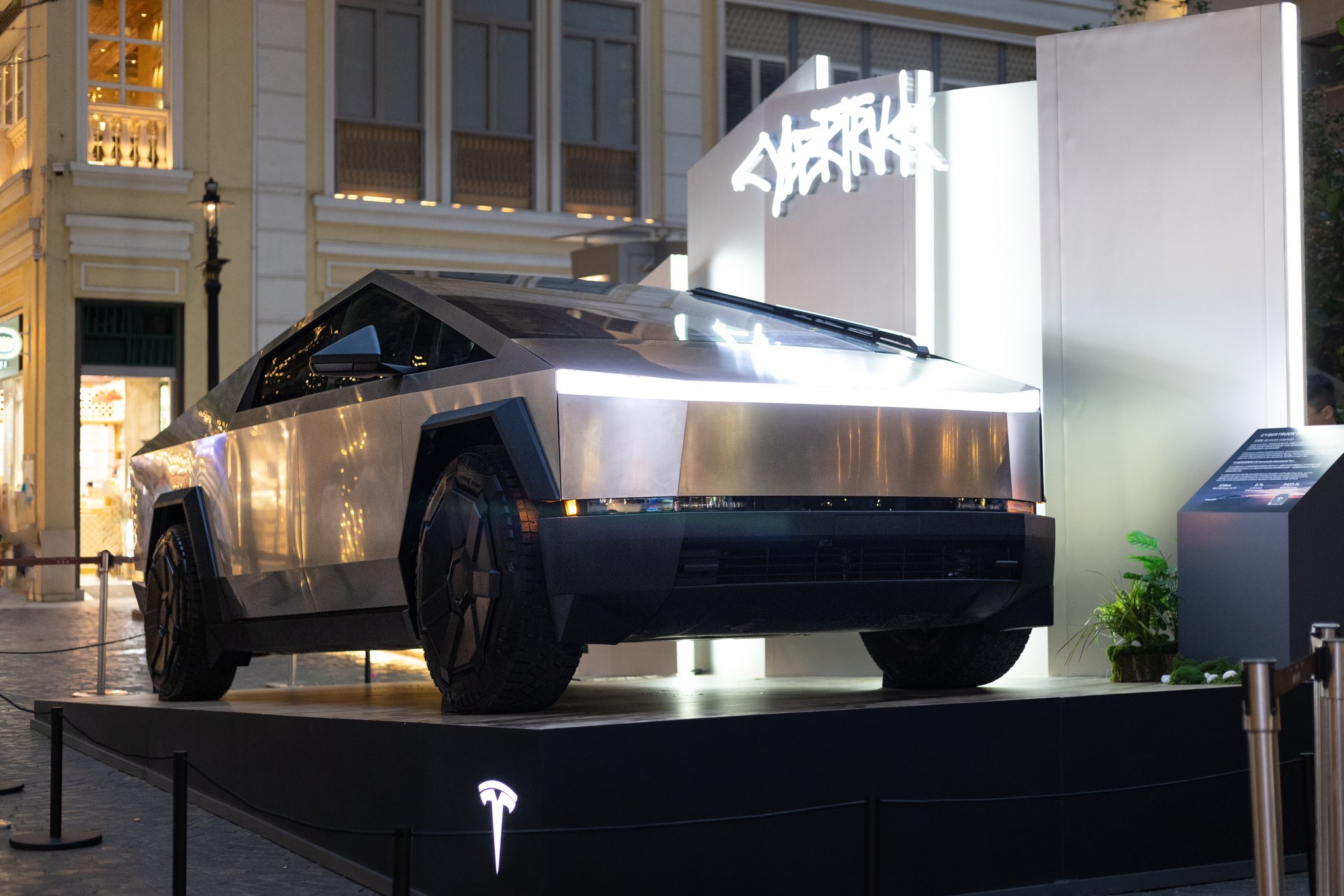
Ford’s recent decision to abandon production of the all-electric Ford F-150 Lightning after the 2025 model year should yield some advantages for Tesla.
The Detroit-based automaker’s pivot away from large EVs and toward hybrids and extended-range EVs that come with a gas generator is proof that sustainable powertrains are easy on paper, but hard in reality.
Tesla is perhaps the biggest beneficiary of Ford’s decision, especially as it will no longer have to deal with the sole pure EV pickup that outsold it from time to time: the F-150 Lightning.
Here’s why:
Reduced Competition in the Electric Pickup Segment
The F-150 Lightning was the Tesla Cybertruck’s primary and direct rival in the full-size electric pickup market in the United States. With Ford’s decision to end pure EV production of its best-selling truck’s electric version and shifting to hybrids/EREVs, the Cybertruck faces significantly less competition.
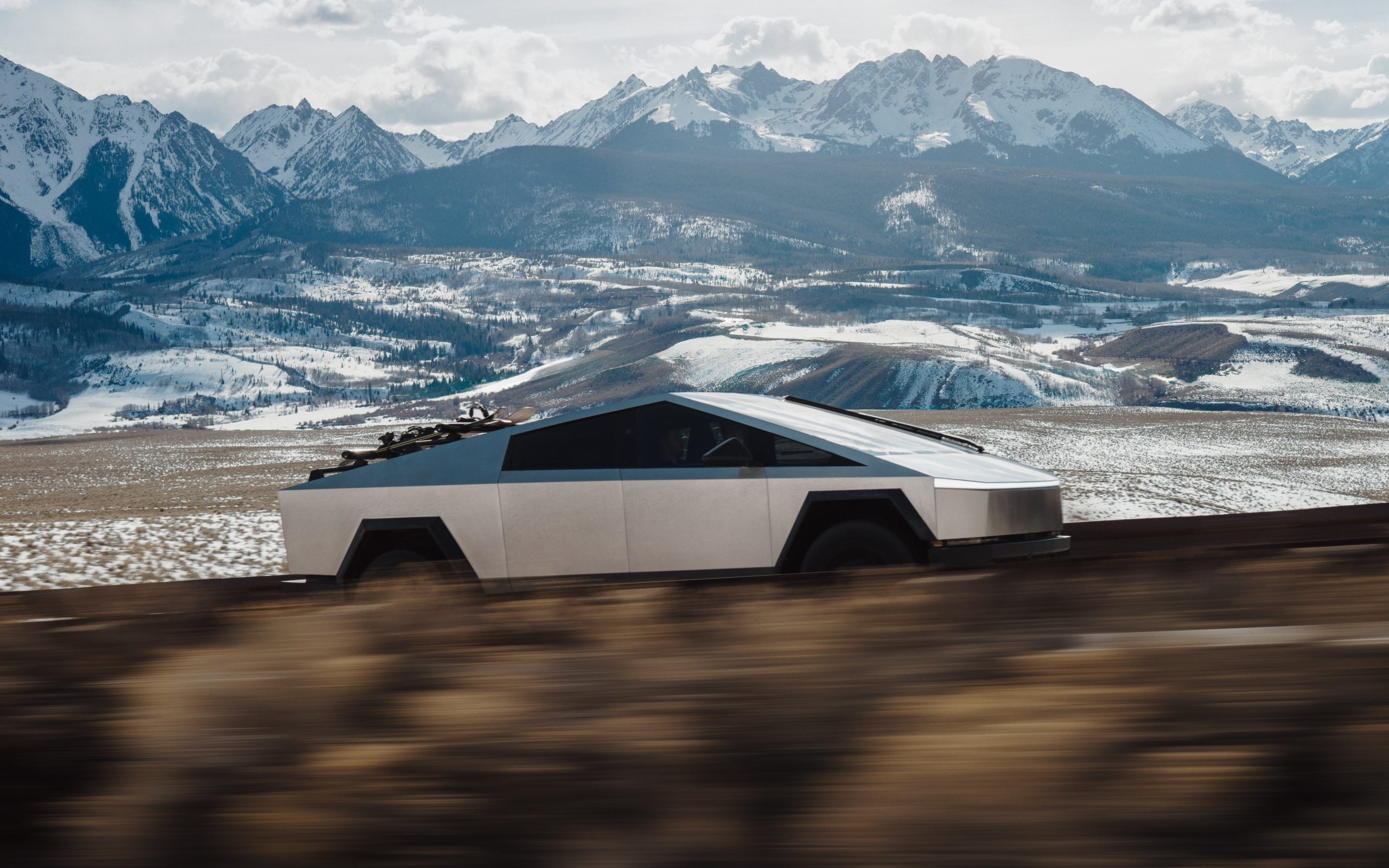
Credit: Tesla
This could drive more fleet and retail buyers toward the Cybertruck, especially those committed to fully electric vehicles without a gas generator backup.
Strengthened Market Leadership and Brand Perception in Pure EVs
Ford’s pullback from large EVs–citing unprofitability and lack of demand for EVs of that size–highlights the challenges legacy automakers face in scaling profitable battery-electric vehicles.
Tesla, as the established leader with efficient production and vertical integration, benefits from reinforced perception as the most viable and committed pure EV manufacturer.
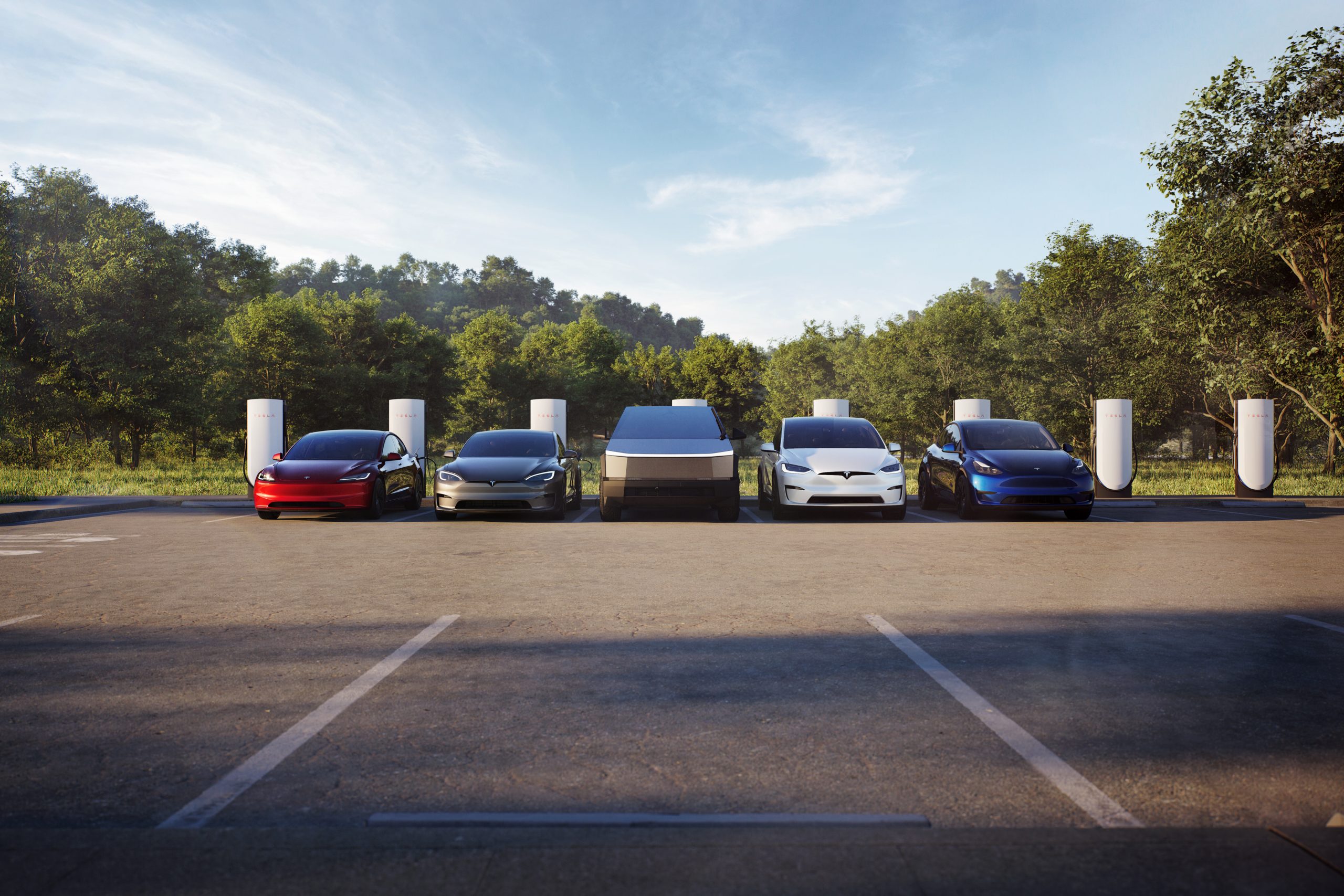
Credit: Tesla
This can boost consumer confidence in Tesla’s long-term ecosystem over competitors retreating to hybrids. With Ford making this move, it is totally reasonable that some car buyers could be reluctant to buy from other legacy automakers.
Profitability is a key reason companies build cars; they’re businesses, and they’re there to make money.
However, Ford’s new strategy could plant a seed in the head of some who plan to buy from companies like General Motors, Stellantis, or others, who could have second thoughts. With this backtrack in EVs, other things, like less education on these specific vehicles to technicians, could make repairs more costly and tougher to schedule.
Potential Increases in Market Share for Large EVs
Interestingly, this could play right into the hands of Tesla fans who have been asking for the company to make a larger EV, specifically a full-size SUV.
Customers seeking large, high-capability electric trucks or SUVs could now look to Tesla for its Cybertruck or potentially a future vehicle release, which the company has hinted at on several occasions this year.
With Ford reallocating resources away from large pure EVs and taking a $19.5 billion charge, Tesla stands to capture a larger slice of the remaining demand in this segment without a major U.S. competitor aggressively pursuing it.
News
Ford cancels all-electric F-150 Lightning, announces $19.5 billion in charges
“Rather than spending billions more on large EVs that now have no path to profitability, we are allocating that money into higher returning areas, more trucks and van hybrids, extended range electric vehicles, affordable EVs, and entirely new opportunities like energy storage.”
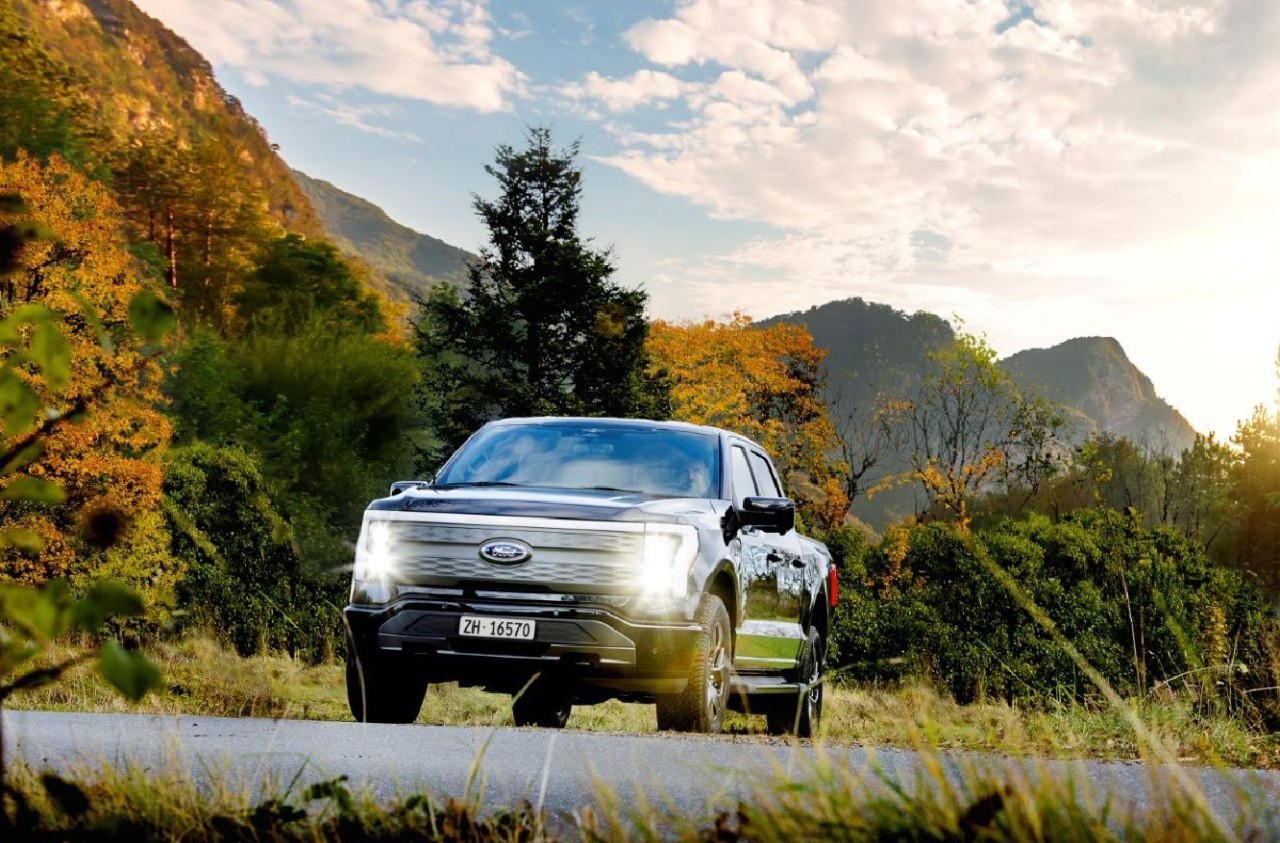
Ford is canceling the all-electric F-150 Lightning and also announced it would take a $19.5 billion charge as it aims to quickly restructure its strategy regarding electrification efforts, a massive blow for the Detroit-based company that was once one of the most gung-ho on transitioning to EVs.
The announcement comes as the writing on the wall seemed to get bolder and more identifiable. Ford was bleeding money in EVs and, although it had a lot of success with the all-electric Lightning, it is aiming to push its efforts elsewhere.
It will also restructure its entire strategy on EVs, and the Lightning is not the only vehicle getting the boot. The T3 pickup, a long-awaited vehicle that was developed in part of a skunkworks program, is also no longer in the company’s plans.
Instead of continuing on with its large EVs, it will now shift its focus to hybrids and “extended-range EVs,” which will have an onboard gasoline engine to increase traveling distance, according to the Wall Street Journal.
“Ford no longer plans to produce select larger electric vehicles where the business case has eroded due to lower-than-expected demand, high costs, and regulatory changes,” the company said in a statement.
🚨 Ford has announced it is discontinuing production of the F-150 Lightning, as it plans to report a charge of $19.5 billion in special items.
The Lightning will still be produced, but instead with a gas generator that will give it over 700 miles of range.
“Ford no longer… pic.twitter.com/ZttZ66SDHL
— TESLARATI (@Teslarati) December 15, 2025
While unfortunate, especially because the Lightning was a fantastic electric truck, Ford is ultimately a business, and a business needs to make money.
Ford has lost $13 billion on its EV business since 2023, and company executives are more than aware that they gave it plenty of time to flourish.
Andrew Frick, President of Ford, said:
“Rather than spending billions more on large EVs that now have no path to profitability, we are allocating that money into higher returning areas, more trucks and van hybrids, extended range electric vehicles, affordable EVs, and entirely new opportunities like energy storage.”
CEO Jim Farley also commented on the decision:
“Instead of plowing billions into the future knowing these large EVs will never make money, we are pivoting.”
Farley also said that the company now knows enough about the U.S. market “where we have a lot more certainty in this second inning.”
